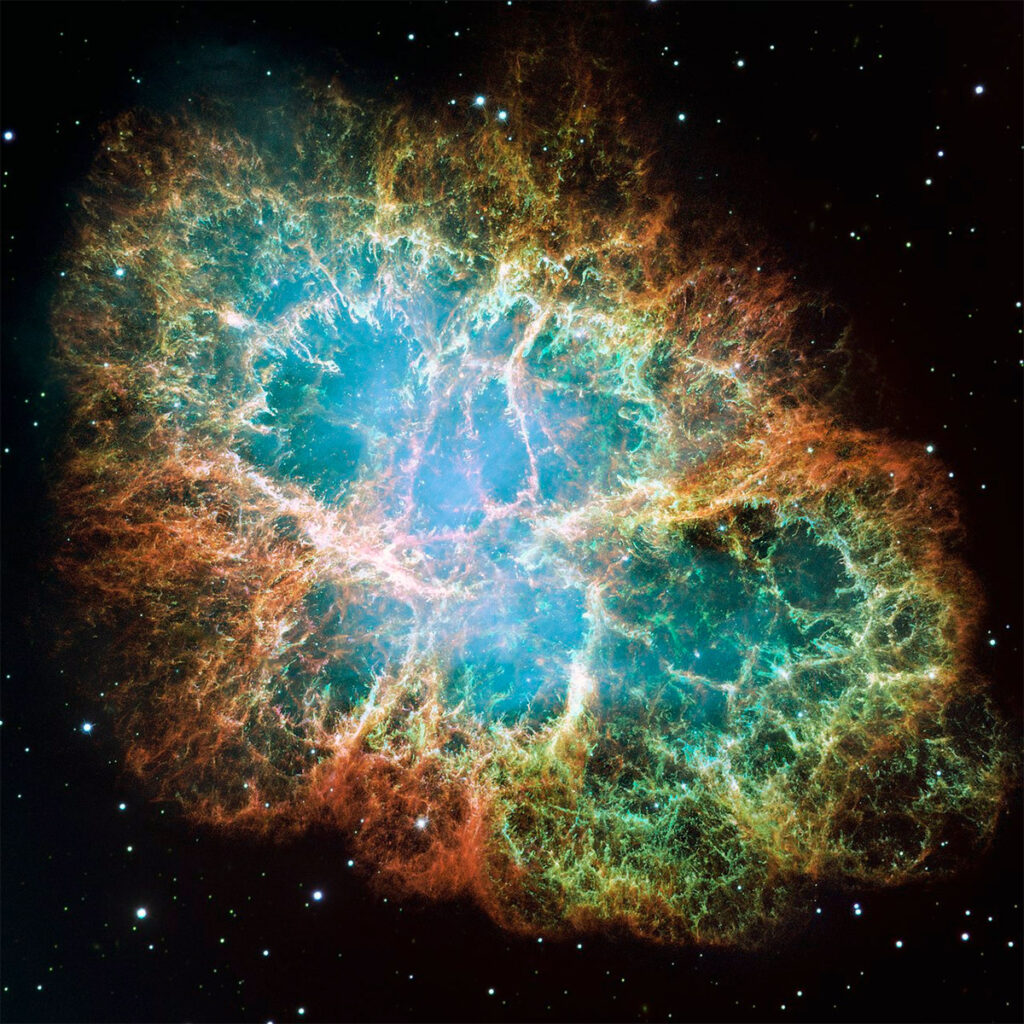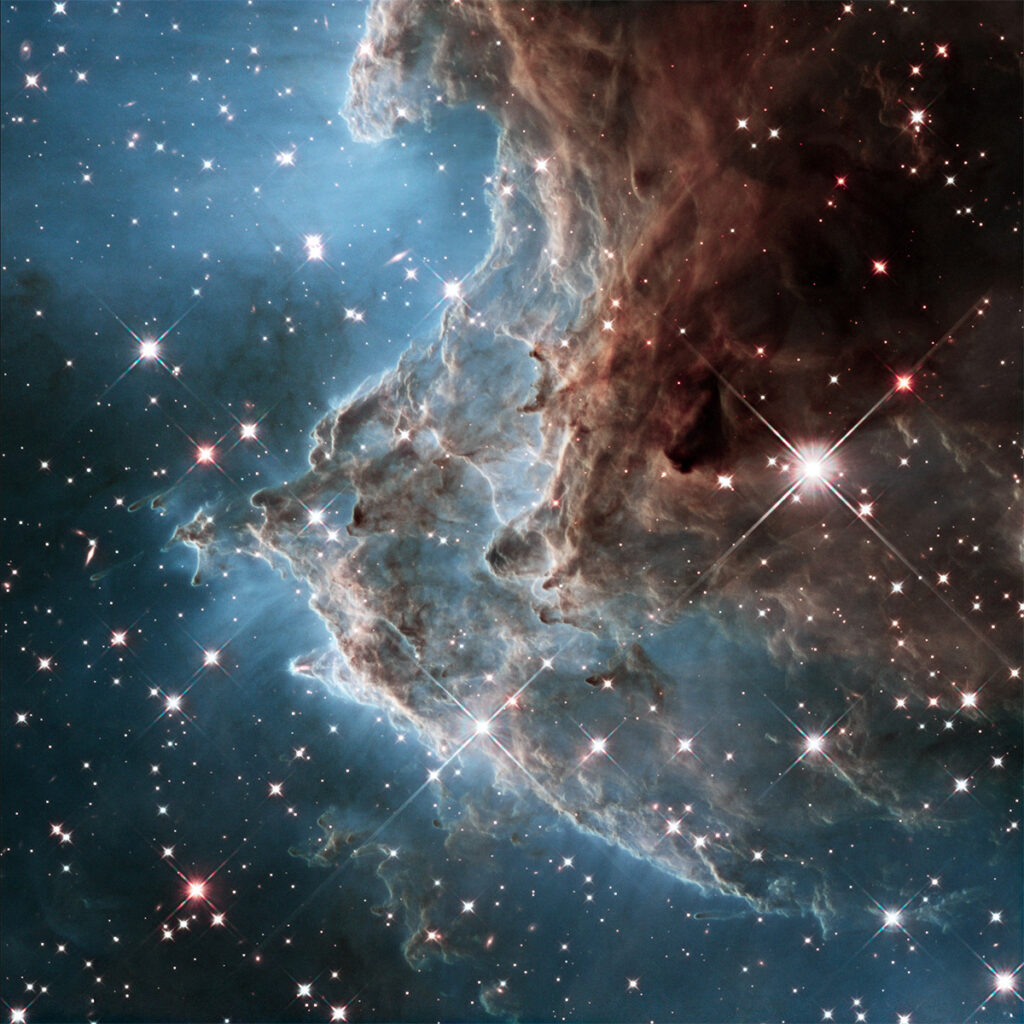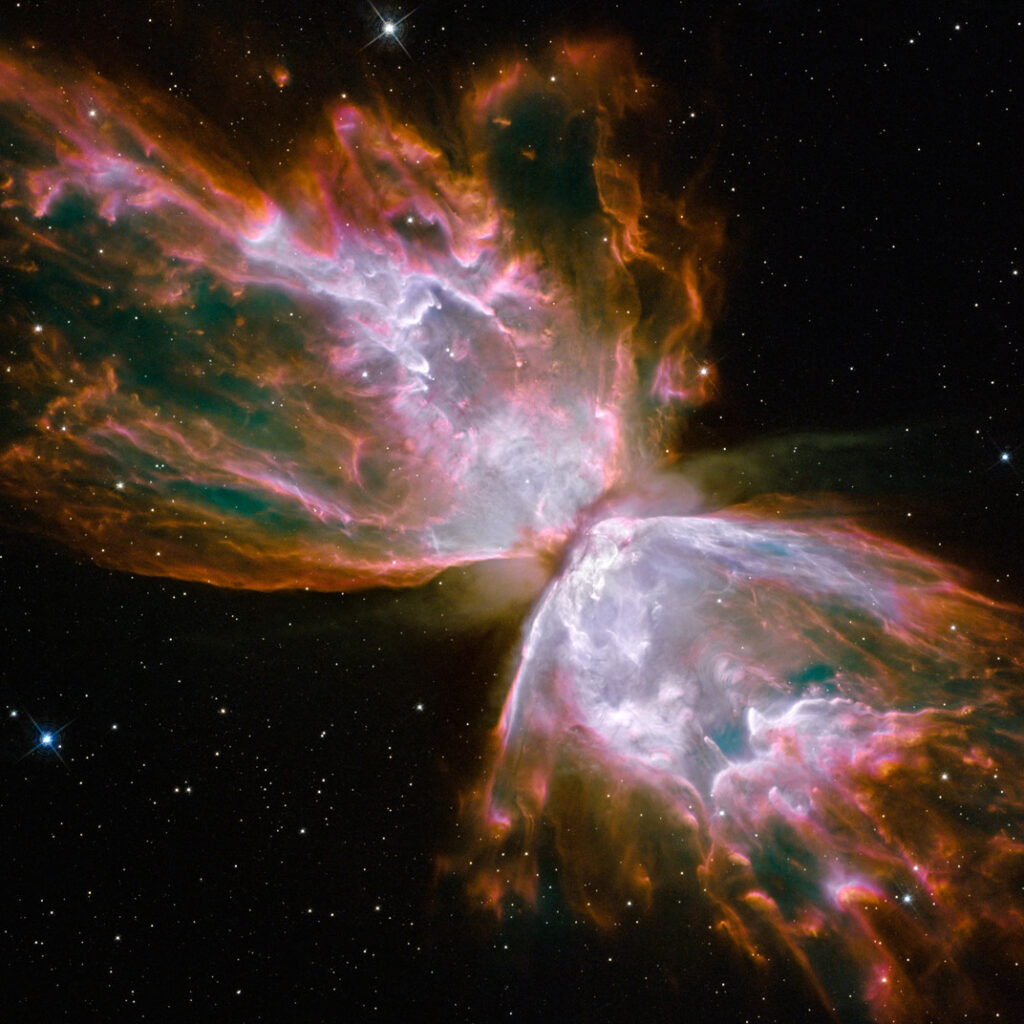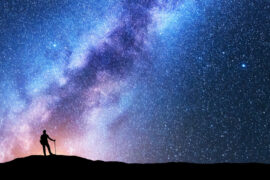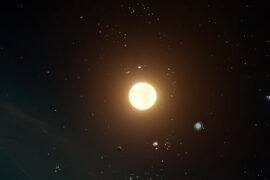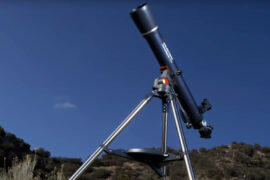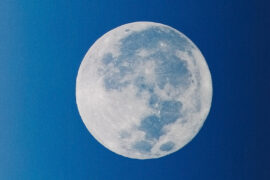The first thing you need to understand about nebulae is that the space between stars and star systems isn’t a vacuum or empty. There’s plenty of nitrogen, hydrogen, and other gases floating around. It just happens to be very dispersed, making it seem empty. We call this space the interstellar medium or ISM.
Nebulae are formed in the interstellar medium, which is the semi-empty space between star systems. There are five types of nebulae and each of them is created through different methods. These are:
- Supernova remnants
- Emission nebulae
- Reflection nebulae
- Dark nebulae
- Planetary nebulae
Emission, reflection, and dark nebulae are only different from each other because of the type of light and radiation they emit, but they are created similarly, so they can be grouped together.
Let’s take a look then at each of the methods through which nebula are formed:
Formation of Supernova Remnants
Some of the bigger stars in the universe explode when they reach the final stage of their lifespan due to nuclear fusion or because they are so massive their gravity makes their core collapse.
These violent explosions can destroy entire planets around the star or blast them away to wander through the galaxy. These explosions are called novas or supernovas, depending on their magnitude.
Supernovas leave behind only the core of the star and a bunch of cosmic dust and gases. This type of nebula is simply that. The residues left behind after the death of these gigantic stars.
Supernova remnants are believed to be the major source of cosmic rays in the universe.
The Crab Nebula, located in the direction of the Taurus constellation, is one of the most recognizable nebulae that originated from a supernova. Other nebulae of this type that are visible with a home telescope are SN 1987A, in the Large Magellanic Cloud galaxy, and SN 1572, the nebula left behind by the explosion of B Cassiopeiae, one of the few supernovas so big that were visible from Earth without help from a telescope. As the name suggests, this event occurred in the year 1572.
Formation of Emission, Reflection, and Dark Nebulae
The second mechanism through which nebulae are formed is much less interesting, but it has an important function in the universe. This type of nebula is formed simply out of clouds of dust and gas that were already located in the interstellar medium. This is material that wasn’t captured by the gravity of any star system and just happened to clump together.
This doesn’t sound too cool, however, given millions and millions of years, all these little blocks of hydrogen, nitrogen, and other matter eventually start colliding with each other. Gravity snowballs the process and over time, the accumulation of these materials begins to form a star.
This is why emission and reflection nebulae are sometimes referred to as “star nurseries”. Because it is common for stars to be created in these types of nebula.
Fun fact. This is also what gives nebulae all those cool-looking colors. It is the stars inside the nebulae the ones that are lighting up the various gas and materials, allowing us to see them with regular telescopes instead of having to use ultraviolet or infrared wavelengths.
Some of the most prominent emission nebulae are the Orion Nebula, in the Orion constellation, the Veil Nebula, located in the Cygnus constellation, and the Lagoon Nebula, in Sagittarius.
Reflection nebulae are harder to see and recognize with a regular telescope.
Some nebulae contain both reflection and emission components. Such is the case of the Trifid Nebula, located around Sagittarius.
Formation of Planetary Nebulae
The final method that can create a nebula is very relevant to us.
Certain stars with low mass evolve into red giants in the final stages of their lifespan. When this happens, the star loses its outer layers, leaving clouds of gas around it. In their final stage, the star’s core will increase its temperature, ionizing those clouds and creating the nebula.
The star finally turns into a white dwarf, which is basically just the remaining core of the star.
Why is this relevant to us? well, it turns out our Sun is one of these stars. In several million years, our Solay system will become one of these planetary nebulae.
Planetary nebulae can be made from stars with a similar mass to our Sun and up to 10 Solar masses.
Examples of planetary nebula are the Ring Nebula in the Lyra constellation, the Helix Nebula in Aquarius, and the Butterfly Nebula located in the direction of the Monoceros constellation.
Summary
- Nebulae can be classified into three categories depending on their origin
- Supernova remnants form after the explosion of giant stars
- Reflection, emission, and dark nebulae originate from the gravitational interaction between the gases in the space between stars
- Planetary nebula are created after stars like our Sun reach their final stage


